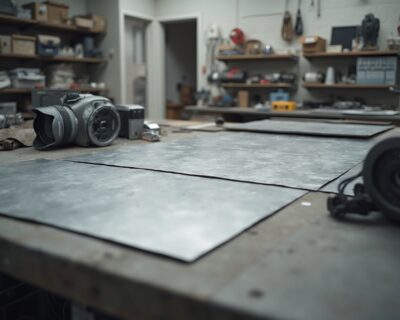Blogs

How to Implement Magnetic Field Shielding in Cathode-Ray Tubes for Oscilloscopes: A Step-by-Step Guide
Overview:
To implement magnetic field shielding in cathode-ray tubes for oscilloscopes, one must select suitable materials, design an effective shielding structure, and conduct thorough testing to ensure adequate protection against external magnetic interference. The article outlines a comprehensive step-by-step guide that emphasizes the importance of material selection, precise installation, and adherence to industry standards to enhance the performance and reliability of oscilloscopes while mitigating electromagnetic interference.
Introduction
In the realm of electronic design, magnetic field shielding emerges as a pivotal strategy, particularly in the context of cathode-ray tubes (CRTs) used in oscilloscopes. With external magnetic interference posing risks to the accuracy of readings, understanding the intricacies of shielding materials and techniques becomes essential for procurement managers.
This article delves into the critical aspects of magnetic shielding, including:
- Selecting the right materials, such as:
- mu-metal
Beryllium Copper
Implementing effective shielding structures.
Emphasizing the importance of:
- Compliance with industry standards
- The selection of appropriate tools
- The necessity of rigorous performance evaluations post-implementation.
By exploring these elements, organizations can ensure not only the reliability of their electronic systems but also safeguard against potential electromagnetic disruptions that could compromise operational integrity.
Understanding Magnetic Field Shielding in Cathode-Ray Tubes
Magnetic field shielding in cathode-ray tubes for oscilloscopes is a vital method that protects delicate electronic parts from external interference. These attractive fields can distort the electron beam, leading to significant inaccuracies in readings. To alleviate this, protective substances like:
- mu-metal
- Beryllium Copper
- Kovar
- Nickel
are employed, offering effective barriers that redirect magnetic lines of force away from the CRT.
Furthermore, copper or brass enclosures are frequently used, permitting solder beads that guarantee panels are grounded and reduce slotting effects, which is essential for preserving integrity. The efficiency of these materials is not merely theoretical; research shows that absorption loss becomes substantial when surpassing 10 dB, highlighting the necessity of choosing suitable protective materials. Industry experts caution, ‘Be wary of slots in protective enclosures,’ highlighting a common pitfall in design.
This notion is reinforced by recent advancements in protection technology, which advocate for improved effectiveness at seams by ensuring conductive surfaces remain conductive, maximizing the overlap of joined sheets, and employing conductive gaskets. For example, a case study titled ‘Electromagnetic Losses and Shielding Efficiency for Buried High Voltage Cables’ examined various protective configurations, revealing that the trefoil configuration significantly reduces power losses compared to flat arrangements. Such strategies are crucial, as magnetic field shielding in cathode-ray tubes for oscilloscopes directly affects the quality of protection, which in turn influences the performance and reliability of these devices, making it a paramount consideration during the design and manufacturing processes.
For procurement managers, working with trustworthy suppliers and producers of high-temperature and electrical insulating items, such as:
- electrical insulation paper
- PTFE coated yarn
- high-temperature fabrics
guarantees access to the finest products for effective protection solutions.
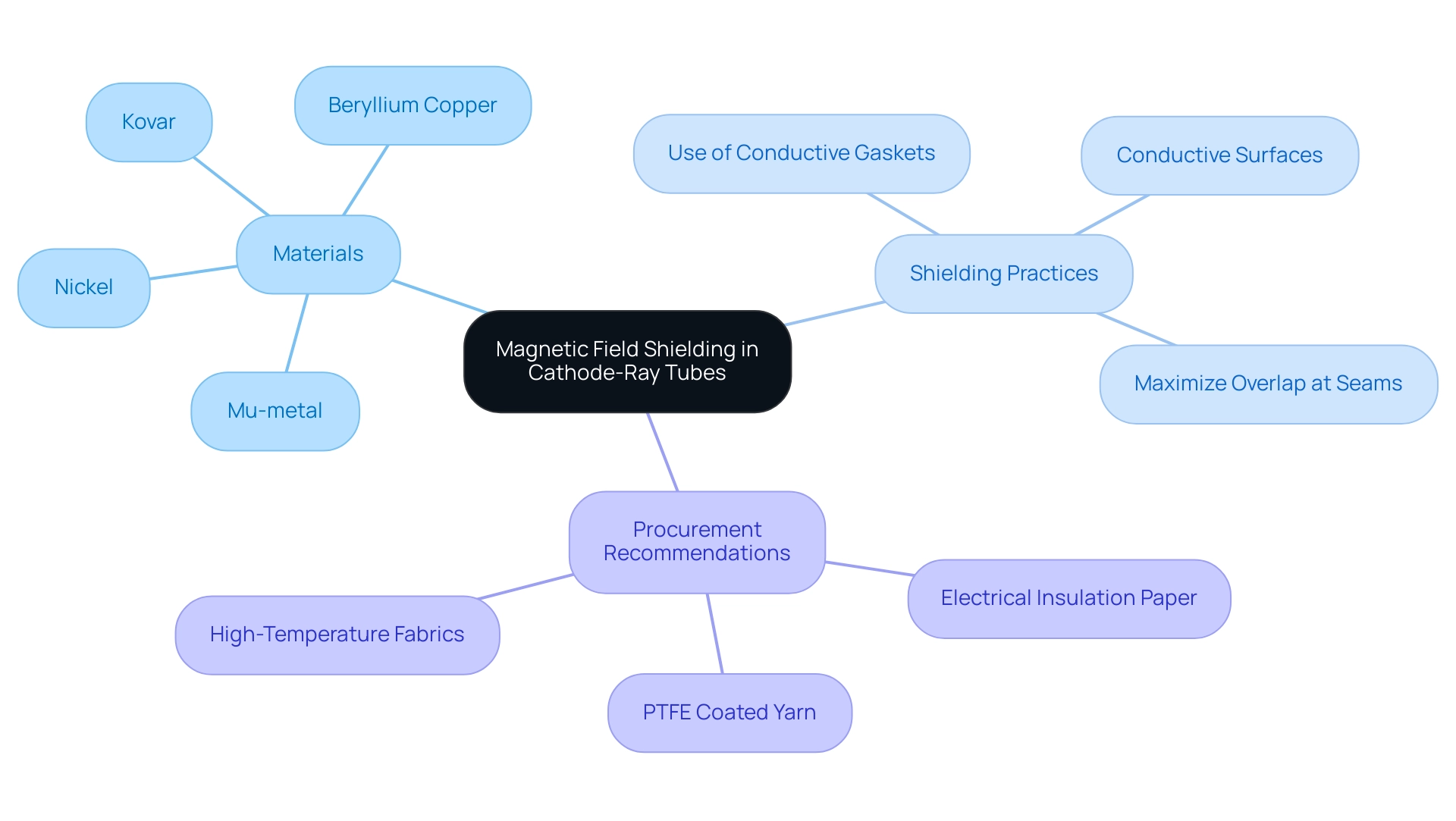
Step-by-Step Guide to Implementing Magnetic Shielding in Oscilloscopes
Select Appropriate Shielding Substance: Begin by choosing an optimal shielding substance, such as mu-metal, known for its high permeability and effective shielding capabilities. Emerging trends indicate that nanomaterials, which have variable permeability, are becoming increasingly relevant in aerospace and advanced electronics applications. Ensure that the chosen substance adheres to relevant industry standards, which is crucial for ensuring performance and compliance in applications. Consider sourcing from reputable suppliers like [Supplier Name] for Beryllium Copper or [Supplier Name] for Kovar to meet specific project requirements.
Design the Shielding Structure: Develop a comprehensive design that incorporates magnetic field shielding in cathode-ray tubes for oscilloscopes and encompasses the entire CRT. The shielding must cover the tube completely, with minimal gaps to prevent field leakage. When designing, take into account the specific dimensions and shape of the CRT to ensure a snug fit. A multistage magnetic shield design can be particularly effective in scenarios requiring high attenuation of high flux magnetic fields, which is crucial for magnetic field shielding in cathode-ray tubes for oscilloscopes, by employing substances such as high permeability mumetal, medium permeability Alloy 49, and low permeability steel. Consult manufacturers such as [Supplier Name] for advice on selection of resources.
Prepare the Protective Substance: Cut the protective substance to the necessary dimensions, ensuring that all edges are clean to maintain structural integrity. If necessary, shape or bend the substance to ensure a tight fit around the CRT, enhancing the effectiveness of the shielding.
Install the Protection: Position the protective material around the CRT with care, ensuring it is securely fastened to prevent any movement. Employ non-ferrous fasteners to prevent adding extra electromagnetic interference, which could undermine the protective effectiveness.
Test the Protection Effectiveness: After installation, conduct thorough tests to evaluate the performance of the barrier. Utilize an oscilloscope to measure any residual magnetic interference, confirming that the magnetic field shielding in cathode-ray tubes for oscilloscopes is functioning as intended and providing adequate protection.
Make Adjustments as Necessary: If tests indicate inadequate protection, revisit both the design and the installation processes. Consider adding extra layers of protection or modifying the existing structure to significantly enhance performance.
Document the Process: Keep a detailed record of all steps taken, resources used, and results obtained throughout the process. This documentation will serve as a valuable reference for future applications and ensure compliance with industry standards.
The authors gratefully acknowledge the financial support from National Natural Science Foundation of China under Grant No. 52275233 and No. 11902173.
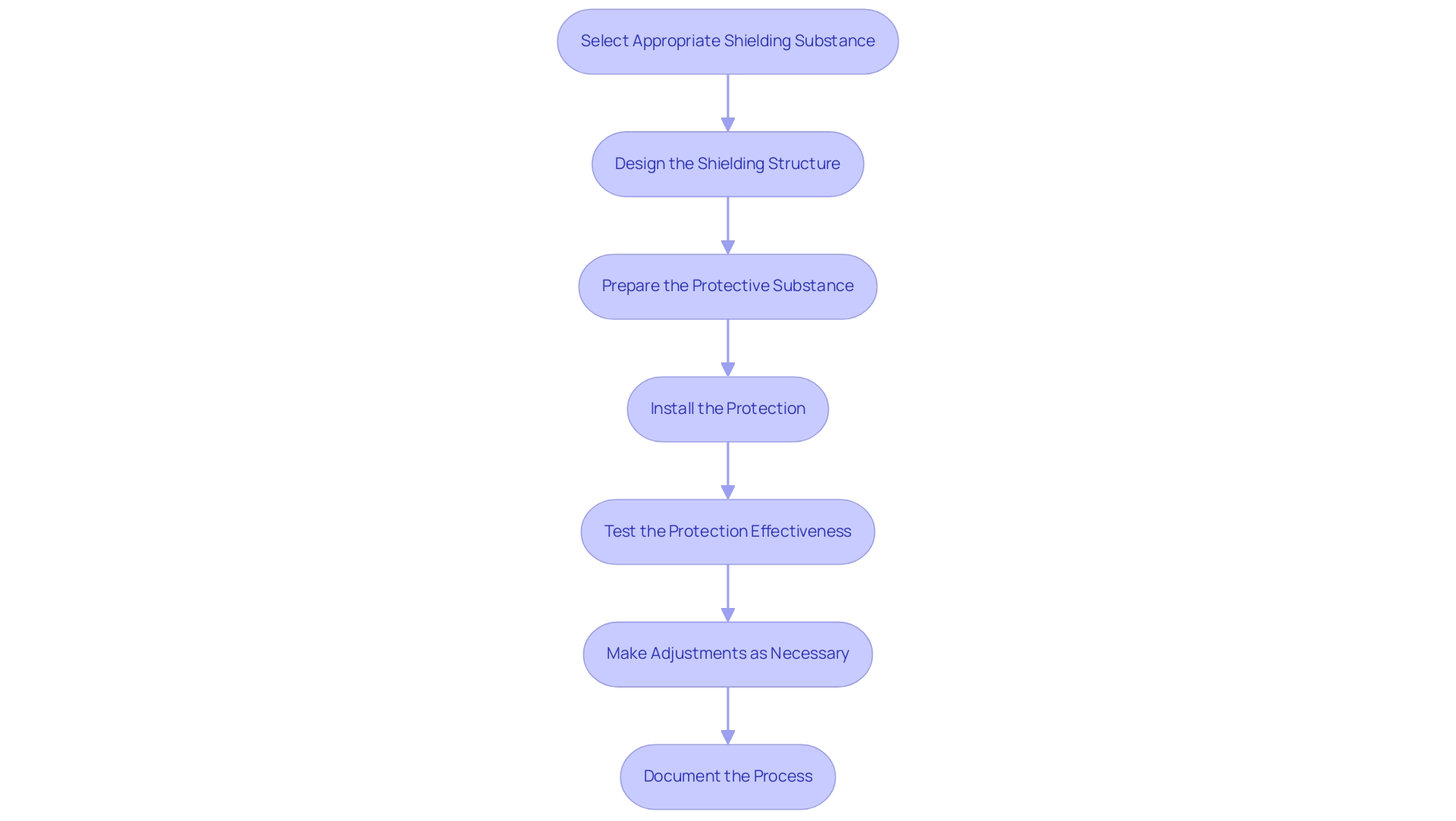
Selecting the Right Tools and Equipment
Successfully implementing magnetic protection requires careful selection of tools and equipment tailored for precision and efficiency, especially in environments with explosive potential where Non-Sparking Tools are recommended. The subsequent necessary tools are recommended for efficient installation:
- Cutting Tools: Accuracy is vital when working with protective substances. Utilize high-quality shears or a metal saw to ensure clean, accurate cuts that prevent material wastage and maximize performance, particularly when using Non-Sparking Tools to mitigate risks associated with potential sparks in explosive environments.
- Bending Tools: For cases where shaping the material is necessary, employ bending tools or a metal brake. This equipment facilitates precise bends, minimizing the risk of damage and ensuring that the protection maintains its integrity.
- Fastening Tools: To secure the protection effectively, employ non-magnetic screws or rivets, using a screwdriver or a rivet gun. This choice prevents interference with the field and ensures a solid installation. In explosive environments, using Non-Sparking Tools is critical to ensure safety and compliance with industry standards, especially when it comes to magnetic field shielding in cathode-ray tubes for oscilloscopes, as accurate measurements are vital for a proper fit around components. A caliper or ruler will assist in obtaining accurate dimensions, which is vital for optimal protection performance.
- Testing Equipment: After installation, it is important to assess the efficiency of the barrier. To ensure compliance with the necessary specifications, an oscilloscope or gauss meter should be utilized to assess the performance of the barrier related to magnetic field shielding in cathode-ray tubes for oscilloscopes. Additionally, it is important to note the cathodic current density for permalloy production, which ranges from 1–2.5 A/dm, as this influences the choice of substances used in electromagnetic protection. The significance of precision in cutting and shaping protective materials cannot be overstated. As mentioned by Giovanni Cantele, an Academic Editor, > This study offers theoretical direction for the development of protective systems in electromagnetic interference environments. Furthermore, case studies, such as the research conducted by L. Gozzelino et al. on MgB bulk cylinder passive field protection, demonstrate the efficiency of proper tool usage, achieving a protection factor surpassing 175—translating to a protection efficiency of 44.9 dB at 20 K. These insights highlight the critical role that quality tools, including Non-Sparking Tools, play in the successful implementation of field protection systems. Grasping permeability, which assesses a material’s molecular alignment to the applied flux field, is also vital as it pertains to the effectiveness of the tools utilized in field protection projects. Compliance with relevant safety standards for Non-Sparking Tools is essential to ensure their effectiveness in preventing ignition sources in hazardous environments.
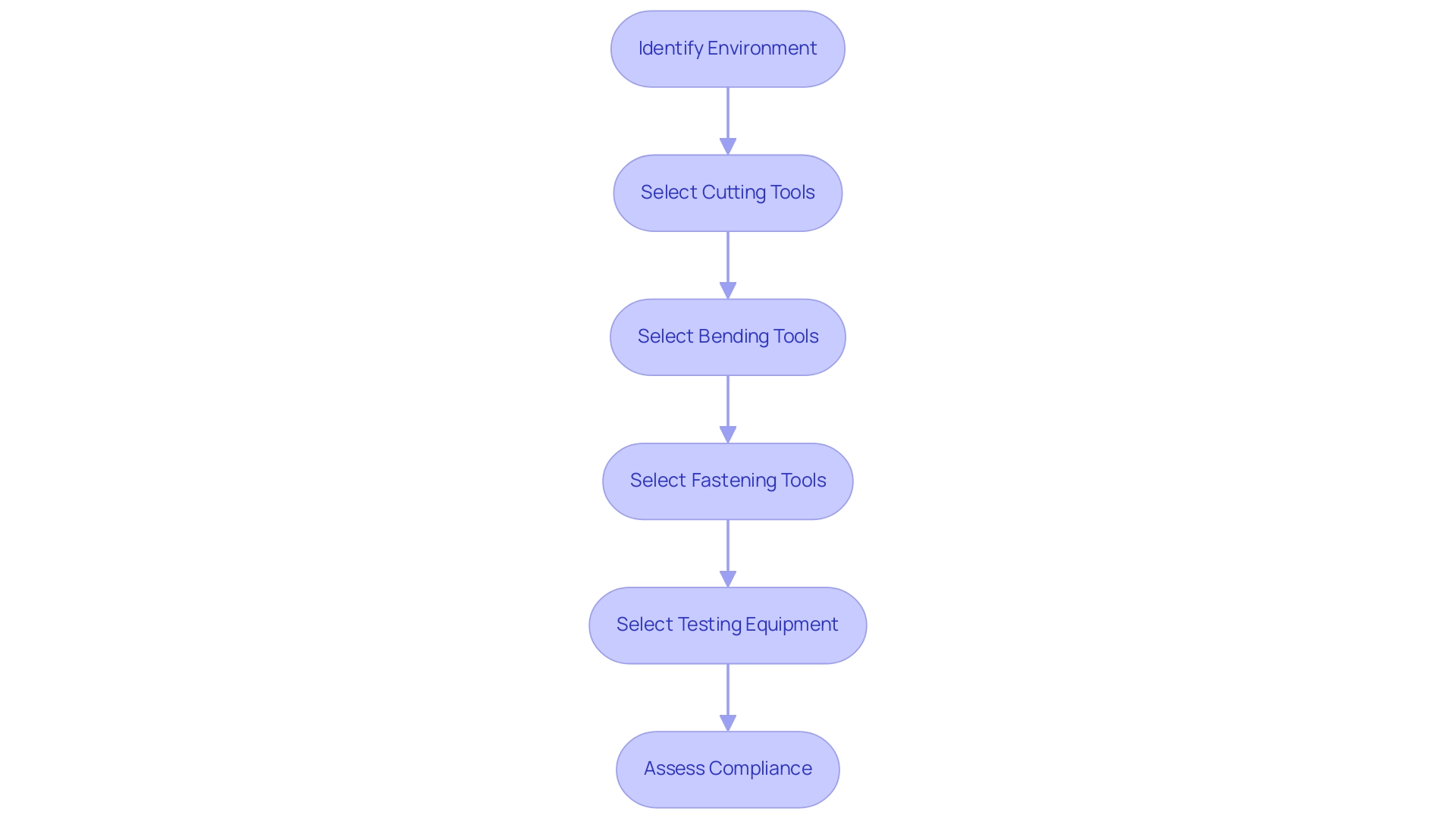
Understanding Compliance and Industry Standards
Executing field protection necessitates strict conformity to established industry standards and compliance regulations, particularly those specified by the International Electrotechnical Commission (IEC) and the Institute of Electrical and Electronics Engineers (IEEE). Procurement managers should familiarize themselves with the specific requirements concerning electromagnetic compatibility (EMC) and safety standards that govern electronic devices. In this context, mica tape products, such as:
- Mica Insulation Tape
- Mica Tape for Electrical
- Mica Sheet Tape
known for their high-temperature resistance and exceptional electrical insulation properties, can serve as critical components in ensuring compliance.
Mica Insulation Tape is particularly effective in applications requiring durability and reliability under high temperatures, while Mica Tape for Electrical offers excellent flame resistance and dielectric strength, making it ideal for fire-resistant cables and critical electrical insulation systems. As Michael Coughlan emphasizes,
Enterprise activities (e.g., electronics), compliance requirements (e.g., 2004/40/EC – 2013/35/EU), CE marking their products, and product liability obligations (e.g., 85/374/EEC) reflect the safety expectations the public rightfully demands.
It is particularly important to note that in the frequency range of 30MHz to 1000MHz, a distance of less than 10m is allowed only for small-sized equipment fitting within a cylindrical test volume of 1.2m in diameter and 1.5m height.
Furthermore, registering products on the ACME database for compliance with EMC standards is a crucial step for procurement managers to ensure that their products meet regulatory requirements. Compliance not only bolsters the reliability of your equipment, including the magnetic field shielding in cathode-ray tubes for oscilloscopes, but also mitigates potential legal liabilities and enhances marketability. In light of recent updates to electromagnetic compatibility regulations for 2024, understanding these standards is more crucial than ever for ensuring that your products meet the necessary safety and performance benchmarks.
A relevant case study titled ‘Process Control and Measurement EMC Standards’ illustrates how EN/IEC 61326-1 specifies immunity and emissions levels for electrical equipment, ensuring that process control devices operate reliably in electromagnetic environments. Leveraging high-quality mica tape as part of your insulation strategy not only addresses these compliance challenges but also reinforces the safety and performance of your electrical systems.
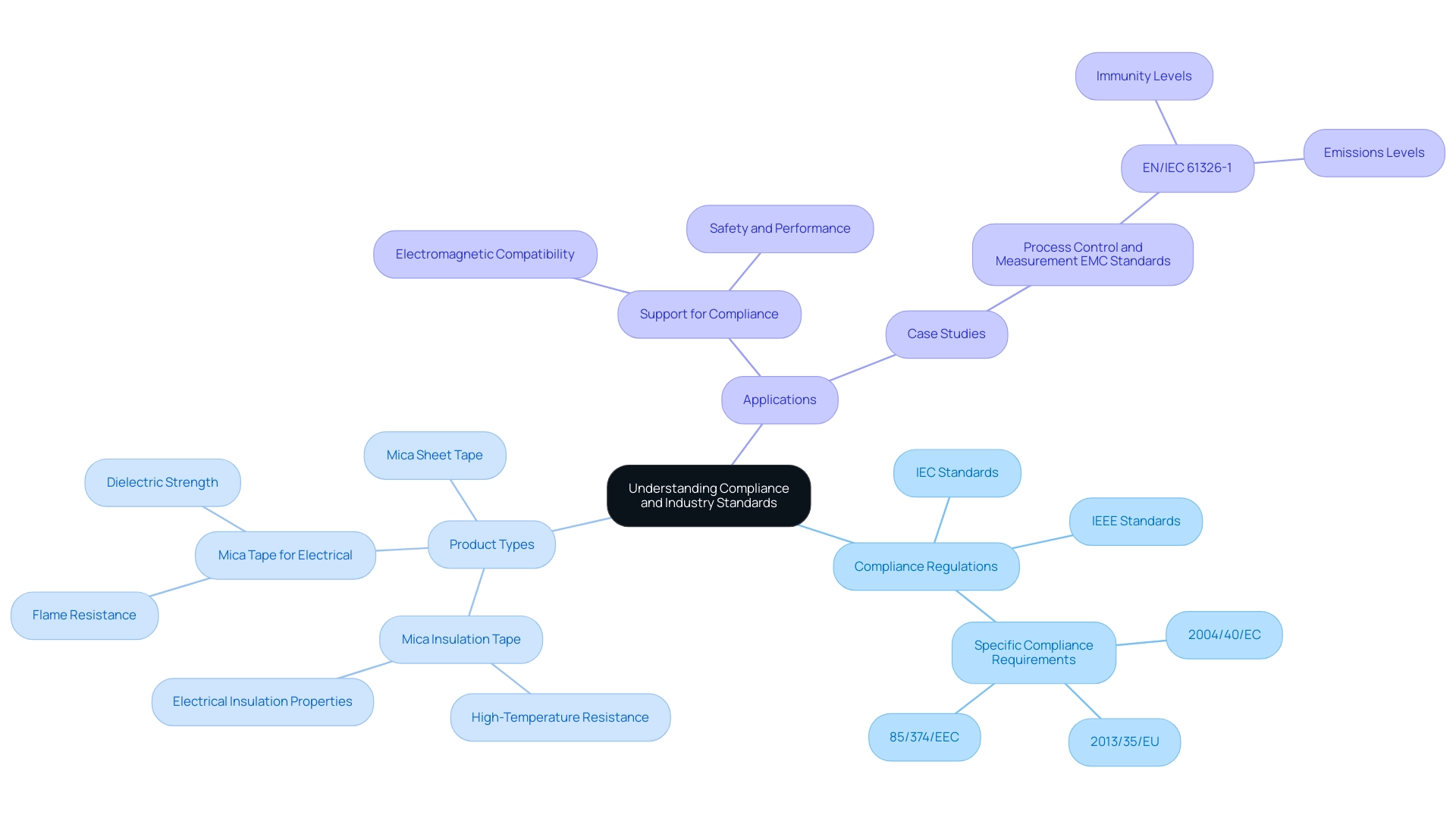
Evaluating Performance Post-Implementation
Following the introduction of electromagnetic protection, assessing its effectiveness through systematic and rigorous testing is essential. This is particularly critical in explosive potential environments, where the use of Non-Sparking Tools is paramount to ensure safety and compliance. The following steps outline a robust approach:
Conduct Initial Measurements: Employ a gauss meter to measure the magnetic field strength surrounding the CRT to evaluate the effectiveness of magnetic field shielding in cathode-ray tubes for oscilloscopes, both before and after the installation of protective materials. This baseline information is essential for precise comparison and evaluation of protection efficiency.
Perform Functional Testing: Utilize an oscilloscope to assess the system’s performance under normal operating conditions. Observe for any distortion or interference in the readings, which can suggest possible shortcomings in the protection performance.
Document Findings: Meticulously record all measurements and observations throughout the testing process. This documentation is vital for future reference, adjustments, or compliance with industry standards.
Seek Feedback: Interact with coworkers and industry experts to gather perspectives on the success of your protective barrier implementation. Their expertise may provide valuable suggestions for optimization.
The significance of these measures is highlighted by results that demonstrate that magnetic field shielding in cathode-ray tubes for oscilloscopes can provide protection against 50 Hz AC magnetic fields exceeding 100 dB. Moreover, the MIL-STD-285 Standard offers consistent methods for assessing protective capabilities across different frequencies, allowing adaptability in testing parameters while necessitating the owner to establish pass/fail thresholds. For additional information on effectiveness testing, Keystone Compliance’s website serves as a valuable resource for connecting with suppliers and manufacturers of electrical insulation and high-temperature materials, including Non-Sparking Tools.
As noted by Q.M., “All authors have read and agreed to the published version of the manuscript,” reflecting a consensus among experts in the field. Furthermore, using a Helmholtz coil can counteract external fields, thereby improving the magnetic field shielding in cathode-ray tubes for oscilloscopes and enhancing the overall field protection efficiency of the system. This organized method not only guarantees adherence but also improves the overall effectiveness of the protective system.
Additionally, obtaining Non-Sparking Tools from trustworthy vendors, like [Supplier Name] and [Manufacturer Name], can enhance safety measures in settings where protective barriers are used, ensuring a thorough approach to handling explosive hazards. Furthermore, Mica Tape Products play an essential role in high-temperature resistance and electrical insulation, further enhancing the safety and performance of tools used in these environments.
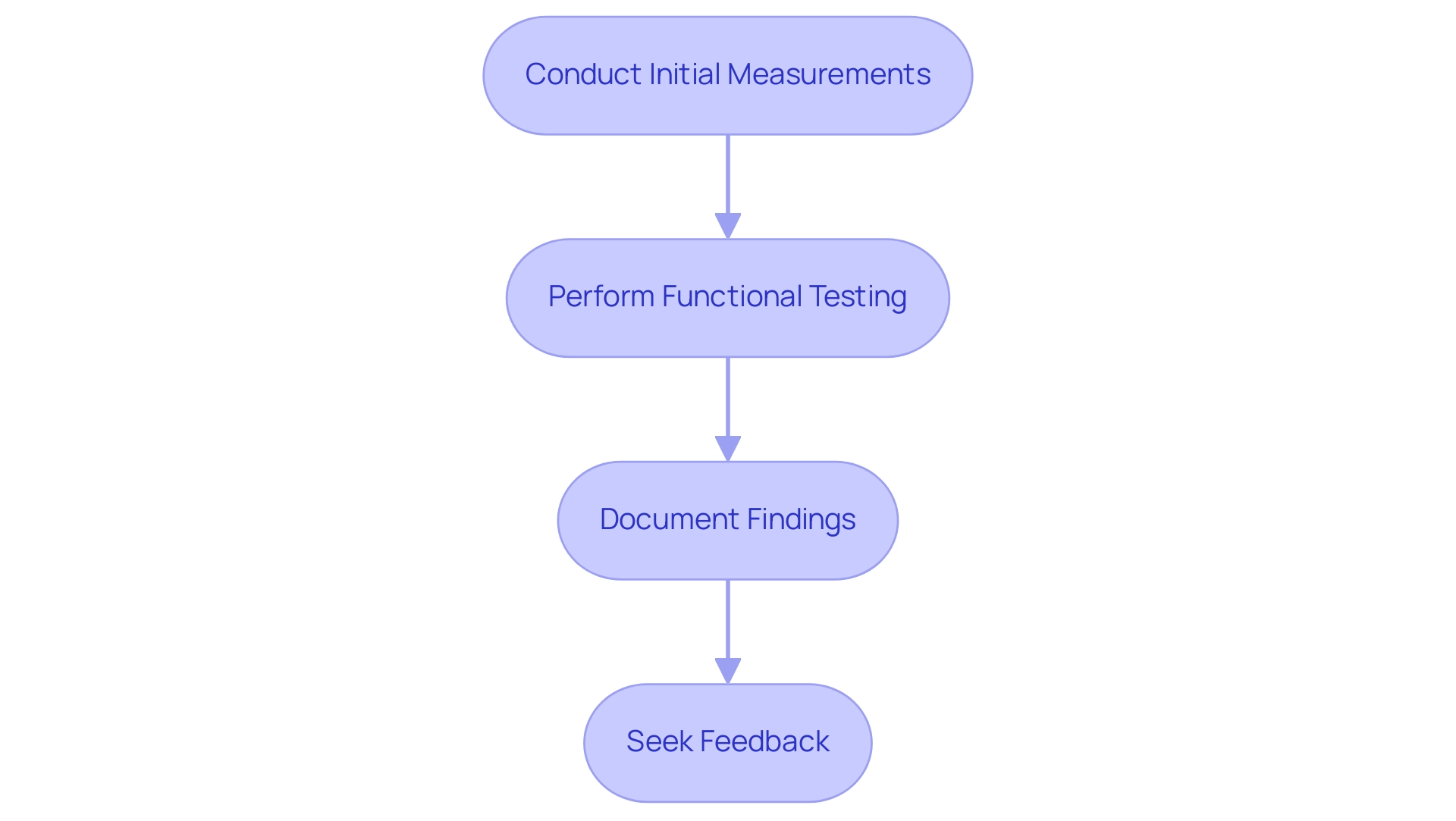
Continuous Improvement and Maintenance
To maximize the long-term effectiveness of magnetic protection in cathode-ray tubes, it is imperative to institute a comprehensive maintenance schedule. Key components of this schedule should include:
- Regular Inspections: Conduct periodic evaluations to identify any signs of wear, corrosion, or physical damage that could undermine the shielding’s performance. Proactive measures ensure that potential issues are addressed before they affect functionality. For instance, utilizing Mica Tape products, such as Mica Sheet Tape and Insulating Mica Tapes, known for their high-temperature resistance and electrical insulation properties, can prevent degradation caused by environmental factors.
- Performance Reviews: Implement systematic performance evaluations at specified intervals to verify that the protective substances comply with industry standards and maintain their protective capabilities. Such evaluations are essential for recognizing deterioration over time, particularly since the protective effect, which involves magnetic field shielding in cathode-ray tubes for oscilloscopes, stops magnetic flux from moving through permeable substances into the safeguarded region. This is where Non-Sparking Tools, designed to minimize the risk of sparks in explosive environments, can play a role, ensuring safe handling during evaluations.
- Updates and Upgrades: Stay alert regarding the latest developments in protective materials and techniques. If superior options arise, upgrading the protection can significantly enhance performance and address any emerging threats from electromagnetic interference. Mica Tape products, due to their flame resistance and dielectric strength, represent an excellent upgrade option.
- Training and Knowledge Sharing: Ensure that all personnel involved in the installation and maintenance of protective systems receive thorough training. Sharing knowledge on best practices and recent developments in the field is essential to maintaining a high standard of performance and adapting to evolving technologies.
Referencing the case study titled “Maintenance Tips for Electromagnetic Shielding Materials” illustrates the practical outcomes of following these maintenance tips. By adhering to a structured maintenance schedule and utilizing high-quality materials such as Mica Tape, organizations have significantly extended the lifespan and shielding properties of these materials, ensuring ongoing protection against electromagnetic interference.
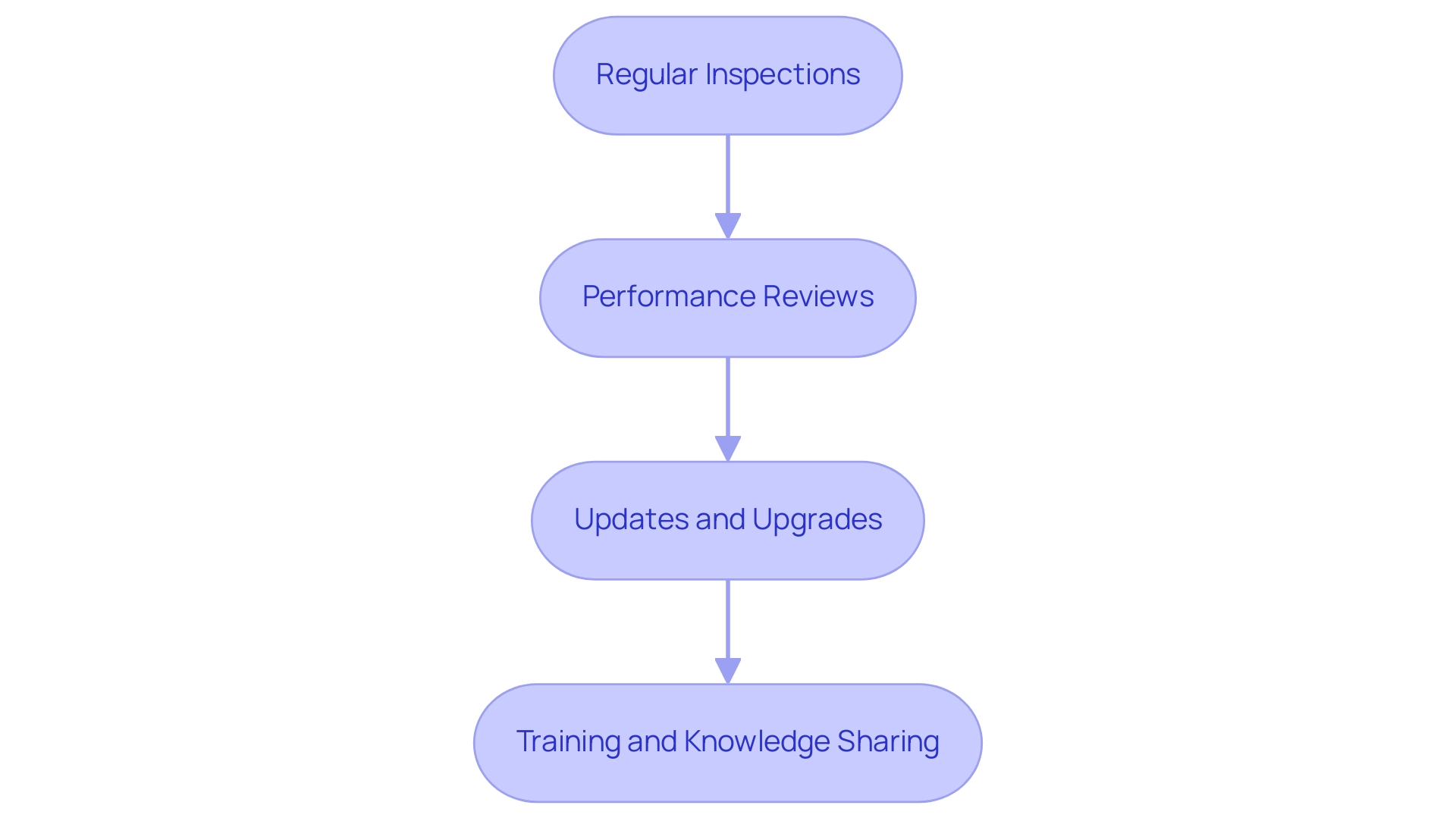
Conclusion
Magnetic field shielding is an essential practice for safeguarding the integrity of cathode-ray tubes (CRTs) in oscilloscopes against external magnetic interference. As outlined in the article, selecting the right materials—such as mu-metal and Beryllium Copper—and designing effective shielding structures are critical steps in this process. The importance of compliance with industry standards cannot be overstated, as it not only ensures the reliability of the shielding but also mitigates potential legal risks.
The implementation of magnetic shielding does not end with installation; rigorous performance evaluations are paramount. By conducting systematic testing and maintaining a comprehensive maintenance schedule, organizations can ensure that their shielding solutions remain effective over time. This proactive approach facilitates continuous improvement, allowing for upgrades to materials and techniques as advancements emerge in the field.
Ultimately, investing in high-quality shielding solutions and adhering to best practices in design, compliance, and maintenance will significantly enhance the performance and reliability of electronic systems. For procurement managers, these insights underscore the strategic importance of magnetic shielding in mitigating electromagnetic disruptions and safeguarding operational integrity. Embracing these practices will lead to more robust electronic designs and a competitive edge in the marketplace.


